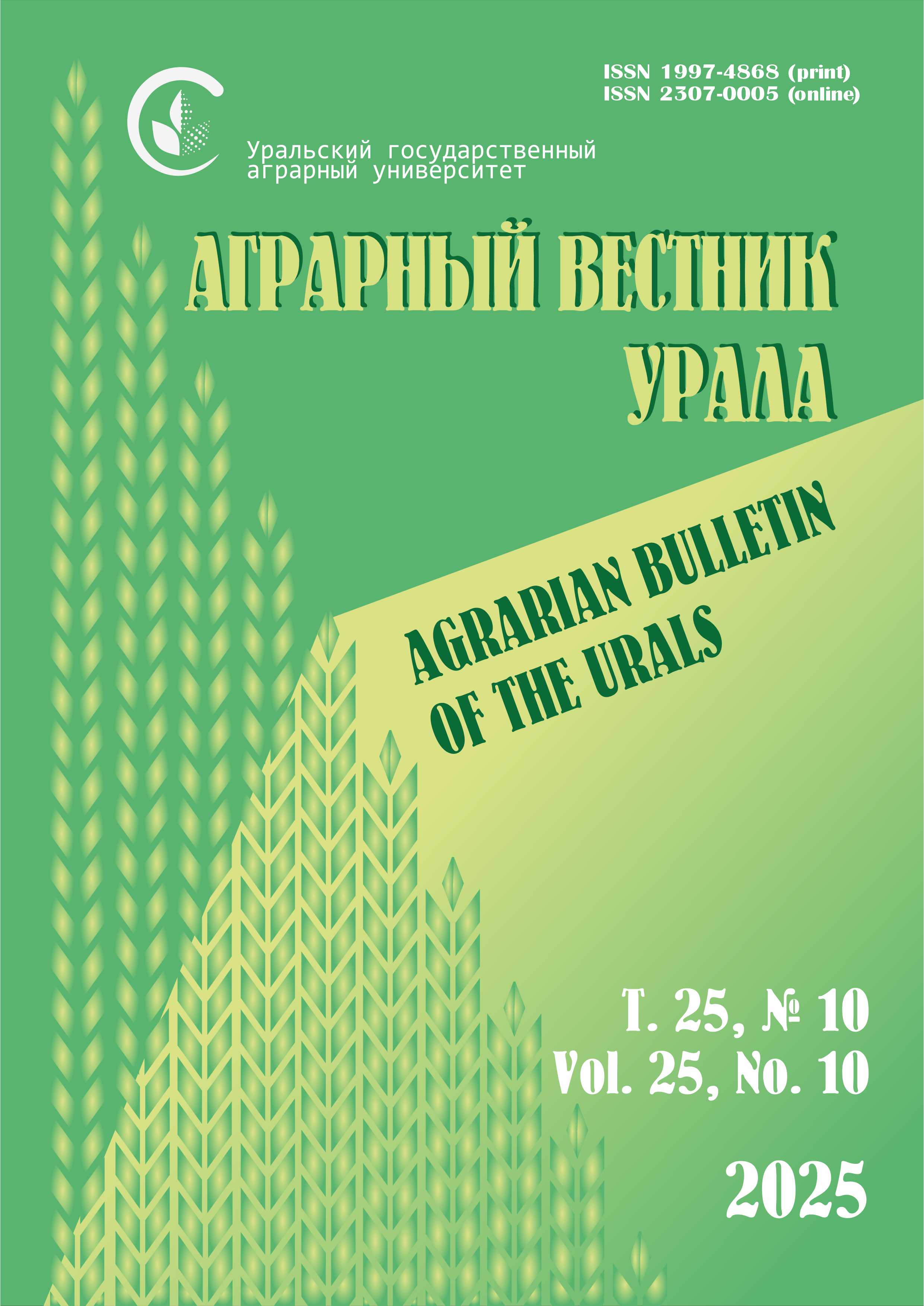Authors: А. А. Konishchev
Ivanovo branch of the Upper Volga Federal Agricultural Research Center, Ivanovo, Russia E-mail: This email address is being protected from spambots. You need JavaScript enabled to view it.
Abstract. The purpose of the research is to show and explain why it is impossible to eliminate anthropogenic soil compaction and reduce the dependence of crop productivity on the weather conditions of the growing season with the help of first-generation soil cultivation technologies. Methods. To achieve this goal, the analysis of the impact of the results of the application of first-generation technologies on the yield of cultivated crops. On the basis of which, with the help Of the theory of solving inventive problems, the laws of creating second-level technologies are developed and the directions of their implementation are determined. The scientific novelty lies in the development of a new direction of improving the technology of soil cultivation for crops. Results. It is established that the creation of the first generation of technologies took place on the “layer-plane” principle, implemented according to the scheme “deep-less deep-very shallow”. Given that plants for maximum productivity does not need any specific soil density, and requires an optimal combination of density and moisture regime, this led to
a chronic predisposition of the first generation technologies to anthropogenic soil compaction and complete dependence of crops on current weather conditions. It is possible to eliminate the specified lacks at transition to technologies of the second level. By abandoning today’s “horizontal” principle of minimizing processing, and moving to minimize the “vertical”, when not all the area of the field will be processed to the same depth and with the same intensity. In practice, this is realized by dividing the entire area of the field into many micro plots, each of which creates a soil density that provides maximum yield under a particular regime of moisture. Mutual influence and addition of sites to each other reduces the overall dependence of crop yield on weather conditions of the growing season. The increase in barley yield is up to 11 % compared to the technology based on plowing and up to 20 % compared to the minimum processing. Spring wheat, respectively: 15 % and 23 %.
Keywords: tillage, plowing, minimum tillage, sequence of operations, effect of tillage on plant productivity, soil density, crop yield, weather conditions
Download the full text of the article
For citation: Konishchev A. A. Proshloye i budushcheye obrabotki pochvy pod zernovyye kul’tury [Past and future for tillage for grain crops] // Agrarian Bulletin of the Urals. 2020. No. 03 (194). Pp. 21‒27. DOI: 10.32417/1997-4868-2020-194-3-21-27. (In Russian.)












